How to protect the beds from the beet weevil?
In early spring, when the sown seeds are just beginning to germinate in the ground, a beet weevil already appears in the beds. This pest annoys summer residents in a vast territory covering all of Europe and Russia. He is not afraid of severe frosts and scorching heat, survives even on salt marshes, multiplies quickly and causes a lot of trouble for gardeners, damaging the leaves and roots of plants.
The appearance and habits of the pest
The family of weevils includes more than 70 thousand species. They are distinguished from each other by external signs, habits and taste preferences. The most common of these is the common beet weevil. The adult is a small (0.9-1.5 cm long) beetle, the tube-shaped head of which makes it look like an anteater. The brilliant scaly body of the insect is covered with a spotted pattern: dark blotches are randomly scattered over a light gray background. Females are larger in size.
The common weevil is that very early guest in the garden. While waiting for the ripening of beetroot shoots, insects feed on weeds, mainly perennials: swan, sow-thistle. But do not delude yourself with their seeming harmlessness - with the emergence of beet seedlings, the beetles will move to them.
In the gray weevil, the color is calmer. The upper part of its body is darker than the lower one; it is covered with dense hairs, interspersed with small silvery scales. Among other weevils, gray is distinguished by underdeveloped wings - they are slightly shorter than its abdomen. The gray beetle hibernates in the soil, burrowing into it to a depth of 20 cm. The insects emerge from their shelters when it gets warmer and the average night temperatures reach 10 ° C. When it gets colder, they hide again.
The gray weevil moves along the ground. It cannot travel long distances and settles on the nearest edible plants. Beetles damage the edges of young leaves. The gray weevil is almost omnivorous; it can parasitize 130 plant species. The most attractive for adult insects are sugar beets and sunflowers. The larvae love to feast on the roots of legumes.
After laying eggs (up to 100 pieces), the female of the common weevil dies. The clutches are located in the ground at a shallow (1-2 cm) depth. The larval development process takes 1 to 2 weeks. Legless caterpillars emerge from the eggs with a dense fleshy body, the length of which is 1-1.5 cm. It has an arched shape and is divided into segments. The larvae are active throughout their entire existence. They move quickly in the soil. Young individuals live in its upper layers, adults in search of food can go to a depth of 0.5 m. Several pests can gnaw through the thick root of a plant in just a couple of days. After 2 months, the larvae pupate, and after another 1-1.5 weeks they turn into beetles.
Prevention and mechanical methods of control
The weevil is a fairly large pest that is clearly visible on plants. The easiest way to protect yourself from it is to regularly inspect the landings and collect the beetles with their subsequent destruction. Caught insects can be burned, crushed, dipped in a container of gasoline or sprayed with pesticides.
For the prevention and in order to reduce the pest population, it is recommended to take a number of measures.
- Loosen the soil when the weevils begin to lay their eggs: once they are at a depth, they will lose their viability. Loosening is continued later. This will help kill the larvae.
- In the fall, dig deeply or plow the area.As a result of the procedure, hibernating beetles will find themselves on the surface of the soil and die from the cold or will be eaten by birds.
- Remove weeds in a timely manner, especially before emergence. Not finding food, the common weevil will fly away from the garden.
- Before sowing, treat seeds with insecticides and growth stimulants.
- Water the planting often. Beetles prefer warmth and dryness, and high humidity scares them away. It also prevents the development of larvae.
- Delineate the site, leaving a significant distance between annual and perennial crops.
Advice
It is better to isolate the beds with infected plants. To do this, deep grooves are dug along their perimeter. You can treat them with chemicals.
Biological protection
The beet weevil has many natural enemies. Insects (ants, ground beetles) and small birds will be on the side of the summer resident in the fight against him. But they only help those gardeners who do not use insecticides on the site. Substances poisonous for the pest destroy beneficial insects, and birds deprived of food fly away to more generous gardens.
When deciding to involve allies, it is important to remember the consequences. Ants destroy the eggs and larvae of weevils, but once they breed, they can become a serious problem themselves. In addition, these insects colonize plants with another dangerous pest - aphids. With ground beetles such difficulties will not arise, but it is not always possible to acquire them.
To lure birds to the site, feeders and drinkers are hung next to the affected plants. With a small population of beet weevils, winged helpers will deal quickly. But in addition to insects, berries and fruits in the garden will seem attractive to birds, and you will have to protect the crop from birds.
Chemicals
The toxic chemicals of the beet weevil can be destroyed quickly and with minimal effort. But their use is justified only if the defeat is massive. Throwing heavy artillery at a few pests, given the destructive effect of drugs on all living things, is at least ridiculous.
In extreme cases, plants and the soil under them are treated with insecticides:
- "Alatarom";
- "Fufanon";
- "Kemifos";
- Aktellikom;
- "Mospilan";
- "Novaktion";
- "Karate";
- "Initiative".
To minimize the harm of drugs, they are diluted and used strictly according to the instructions. The concentration of the working solution depends on the type of plant.
There is a safer method of dealing with the beet weevil. The construction of poisonous traps will help to avoid soil poisoning, disturbance of its microflora and the accumulation of harmful substances in root crops. They are made next to infected beds. Beet tops, burdock or nettle leaves, and freshly cut clover are used as bait. The plant mass is pollinated with sodium fluorosilicate or watered with a solution. 100 g of bait should take 2 g of the substance.
Nondescript beet weevils are quite capable of depriving the summer resident of the harvest. Having pounced on young plants, an ordinary or gray beetle turns them into eaten hemp in a matter of days. The insects' need for food is amazing: the weight of the plant mass they eat exceeds their own by 100 times. The larvae of the pest gnaw through the roots of the plant, interfering with its proper development. They also spoil the fruits. Biting into their flesh, insects leave numerous shallow marks on them. This deteriorates the presentation and taste of vegetables. Beets damaged by larvae are worse stored, quickly moldy and rot.
It is necessary to fight the beet weevil, but it is better to leave chemicals as a last resort. There are other ways to reduce the pest population and destroy it. Agrotechnical methods of protection against the beet weevil are effective and safe, although they will require large physical and time costs from the summer resident.


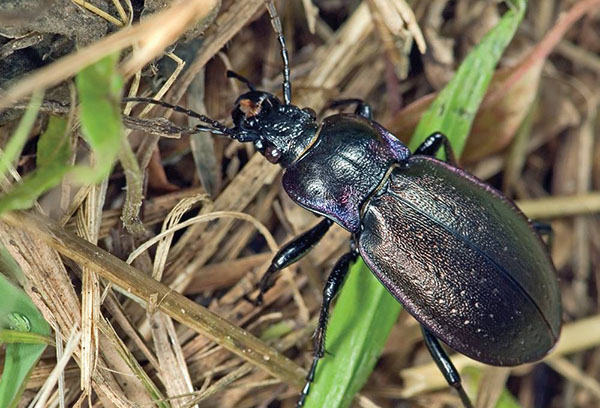
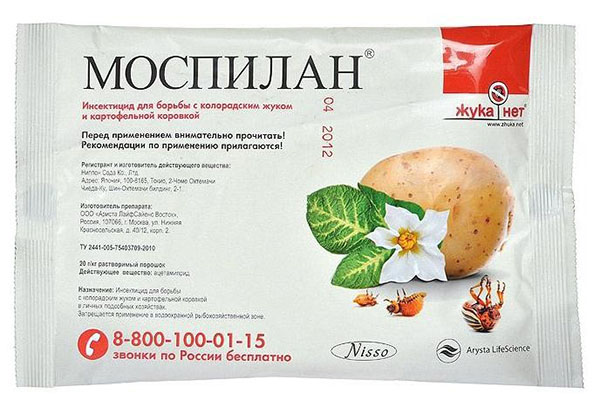
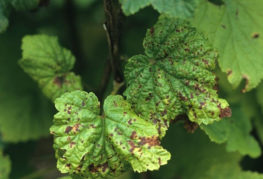
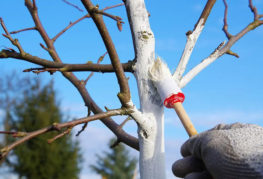

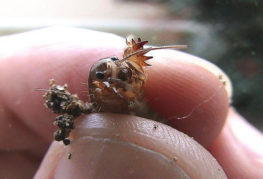
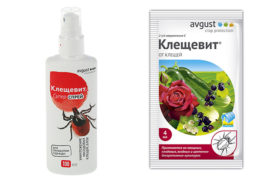
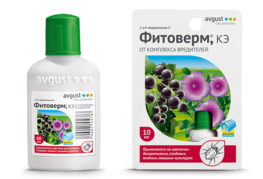
and will be published shortly.